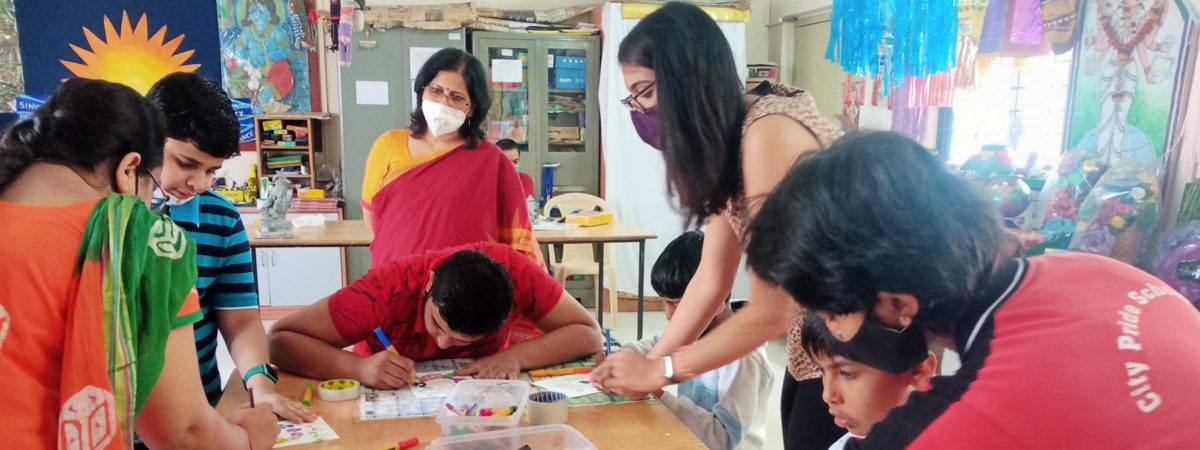
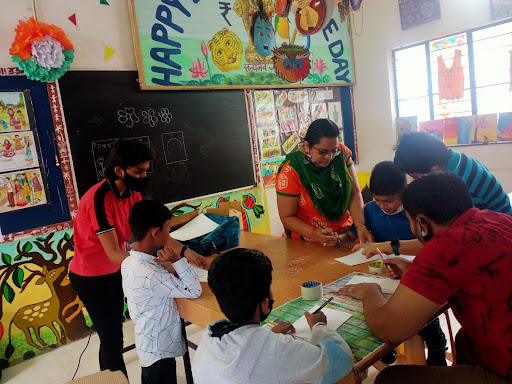
City Pride School and ZEP students gather for joint art activities.
Considering our limited resources, we developed a focused action plan:
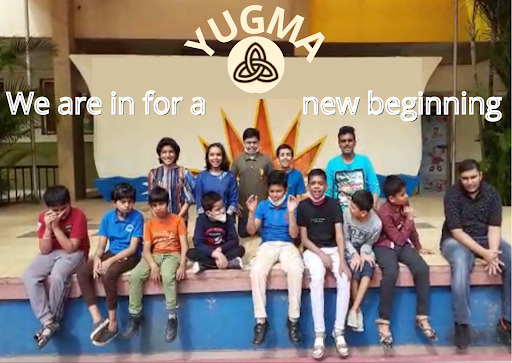
YUGMA student project team.
Our materialistic society has made us individualistic. The art of sharing and giving has been the ultimate aim of my life. Through their involvement in the Yugma project, our student team at City Pride School developed a stronger interest and commitment to working in partnership to improve the lives of students with disabilities.
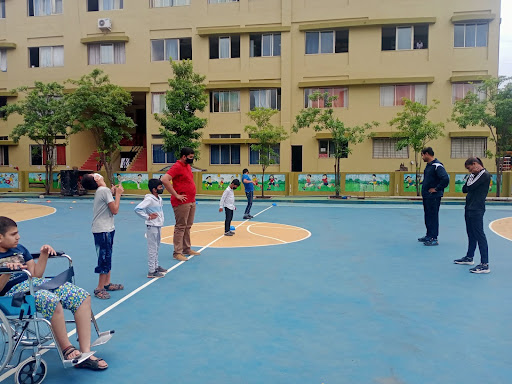
City Pride School students host their ZEP peers on their playground.
As for me, I knew the dictionary meaning of the word “empathy,” but this journey has resulted in real soul searching. Technology has to be harnessed for the good of humankind and I hope that in the future, more people will continue to find ways to use it for positive social impact. Our history and mythology is full of stories about love and compassion and I feel that our small baby step has made our own project team’s lives more meaningful and fulfilling.
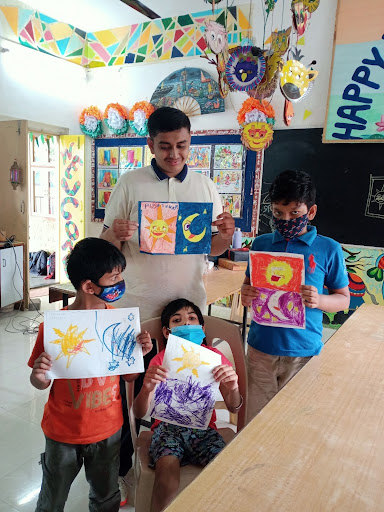
Students present their artwork.

We want to hear from you!
Please take this 5-minute survey and help us serve you better.
